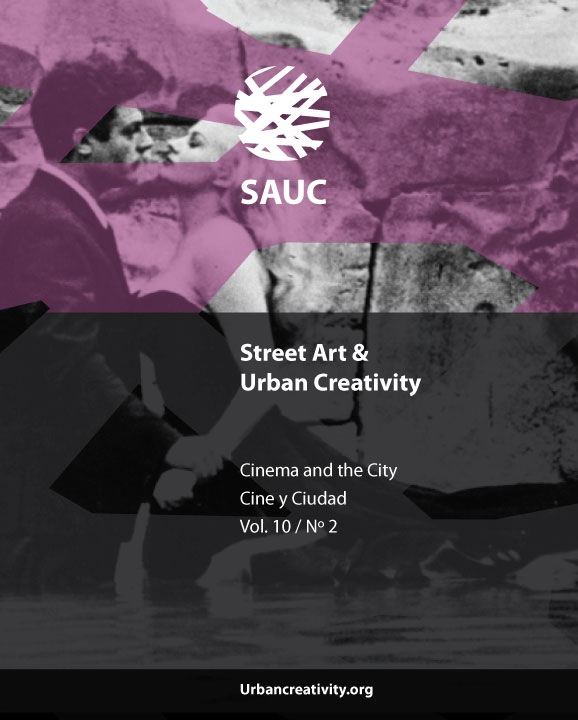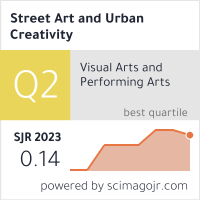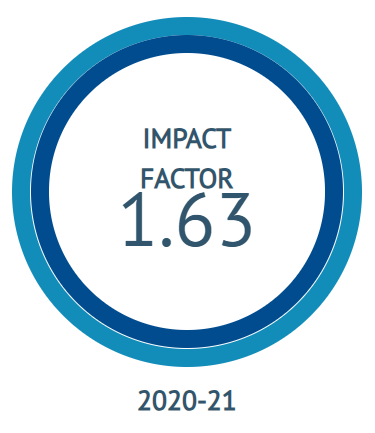Developing a Qualitative Approach to the Study of the Street Art World
DOI:
https://doi.org/10.25765/sauc.v7i2.473Keywords:
street art, qualitative research methods, thematic analysis, social sciences research, digital communitiesAbstract
Street art is a complex social phenomenon where many actors contribute to determining the value of creativities. Street artists, curators, bloggers, photographers, museums, galleries, the public, and other actors interact with street artworks and influence the way they are perceived. In this context, it is clear that both the value and meaning of street art is not exclusively dependent on the intentions of the authors but changes according to who views and uses the artwork for their purposes. Although diversity is interesting for the sake of research, finding a research methodology able to comprise the diverse perspectives briefly illustrated above, can be difficult.
A multi-method qualitative study conducted between the 2017 and 2019, attempted to include many aspects of the social structure of street art in order to understand how street artworks become renowned in the digital era. The study proved to be useful to cover many of the various perspectives of some of the actors mentioned above. Indeed, data collection consisted in conducting semi-structured interviews as well as analysing digital conversations where street artworks are viewed and discussed by both professional and amateur audiences. Semi-structured interviews were conducted with street artists, street art curators and street art connoisseurs - bloggers, administrators of digital platforms, photographers, etcetera - while digital conversations were considered in order to grasp the significance of the interactions happening between the street artwork and its audience(s), amongst street artists, and within the digital audience. Analysing the data via thematic analysis revealed a multi-dimensional structure of the street artworld and allowed an understanding of how street artworks become renowned in the digital era as well as contributed to the theory of co-creation in the arts. This methodological approach allowed including different professional and personal perspectives, as well as integrating the personal accounts of actors with the observation of in situ interactions.
Downloads
Global Statistics ℹ️
|
185
Views
|
145
Downloads
|
|
330
Total
|
|
Downloads
Published
How to Cite
Issue
Section
License
Those authors who publish in this journal accept the following terms:
-
Authors retain copyright.
-
Authors transfer to the journal the right of first publication. The journal also owns the publishing rights.
-
All published contents are governed by an Attribution-NoDerivatives 4.0 International License.
Access the informative version and legal text of the license. By virtue of this, third parties are allowed to use what is published as long as they mention the authorship of the work and the first publication in this journal. If you transform the material, you may not distribute the modified work. -
Authors may make other independent and additional contractual arrangements for non-exclusive distribution of the version of the article published in this journal (e.g., inclusion in an institutional repository or publication in a book) as long as they clearly indicate that the work was first published in this journal.
- Authors are allowed and recommended to publish their work on the Internet (for example on institutional and personal websites), following the publication of, and referencing the journal, as this could lead to constructive exchanges and a more extensive and quick circulation of published works (see The Effect of Open Access).













